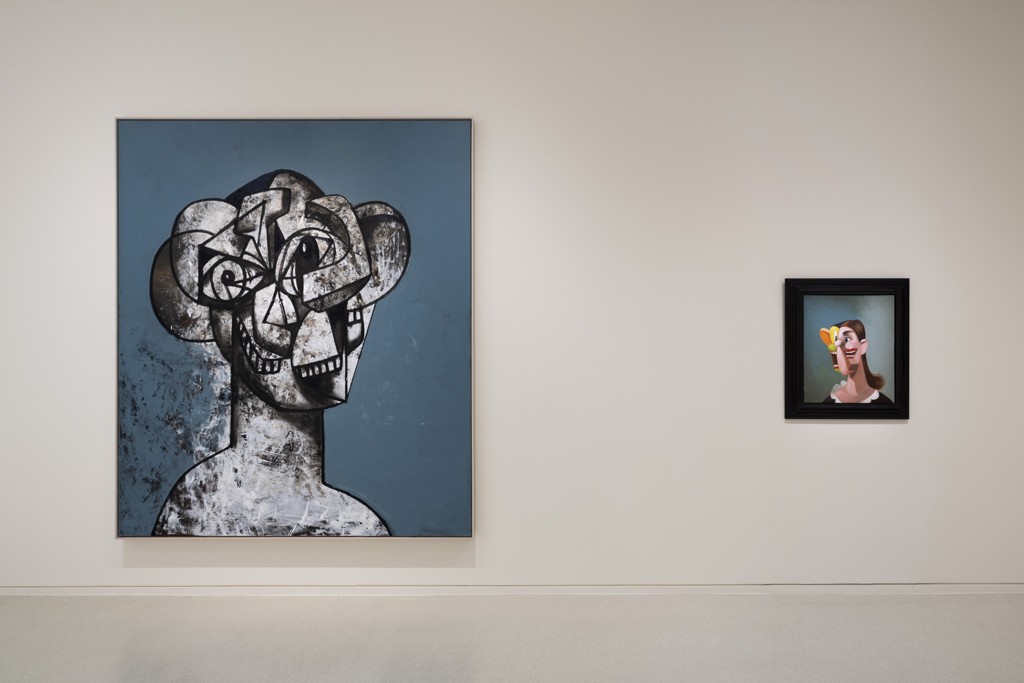
Plein Sud: How did this lavish monograph come about?
George Condo: My long-standing discussions with George Condo led me to imagine with him an exhibition that would reflect the richness and complexity of his work, and give a different image from that associated with his presence on the stands of international art fairs, linked to the commercial success of his paintings.
PS: This is a reading of Condo's work that is both subjective and yet as complete as possible... Why this bias?
GC: When we received the invitation from Villa Paloma, it was this idea that made the most sense to us. In terms of interpretation, it was the notion of Humanoids that stood out. All that remained was to present Condo's work in all its abundance, its historical development, in a restricted space....
PS: What are these "Humanoids" that the public will find in the exhibition?
GC: The notion of humanoids is associated with the world of science fiction. It evokes "cyborgs", "replicants", composite creatures, somewhere between human and machine. Humanoid" is an apt description of Condo's project to give form to hybrid creatures, between historical references drawn from museums and real-life characters, aggregates of contradictory moods and different temporalities. The "Humanoid" as a puzzle of space and time.....
PS: Can we talk about portraits when it comes to these representations?
GC: If Condo himself is to be believed, it would be more accurate to speak of self-portraits. Self-portraits of a new kind, since they may have been inspired by a variety of people, each endowed with a singular psychology. Self-portraits, then, but of a psychological rather than a mimetic nature. The exhibition reveals an artist with an inner life as rich as it is complex: a contemporary form of romanticism, a romanticism in the age of artificial intelligence...
PS: Do the works on show cover a particular period in the artist's career?
GC: Despite its small scale, the exhibition at Villa Paloma has a retrospective ambition, presenting works dating from the 1980s up to the date of the show, Condo having produced several paintings specifically for the Monegasque exhibition.
PS: The exhibition has 6 chapters. How did you divide it up?
GC: The exhibition had to be not only retrospective in nature, but also capable of mapping the artist's vast imagination. The six chapters selected reflect the different poetic approaches to Condo's art. The fact that certain paintings appeared to us as easily transferable from one chapter to another demonstrates that it is perhaps the sum of these chapters, their interaction, their contiguity, that structures Condo's imagination.
« Le grand défi qu’avait à relever Condo était celui de l’invention d’une figuration qui ne soit pas nourrie de nostalgie, qui ne renvoie pas à l’art figuratif prémoderne. »
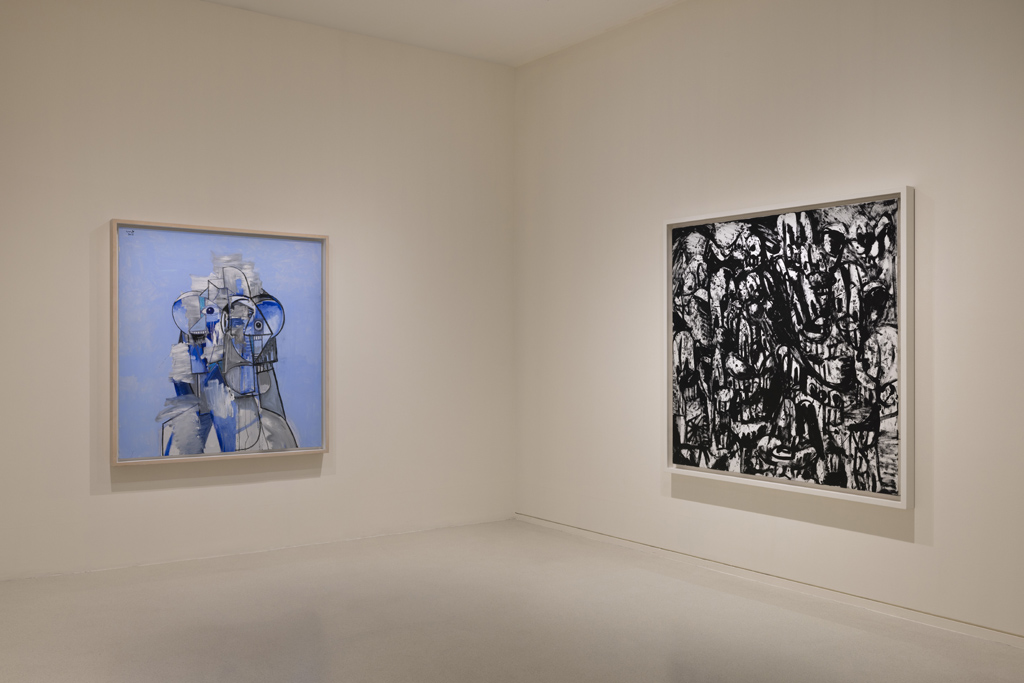
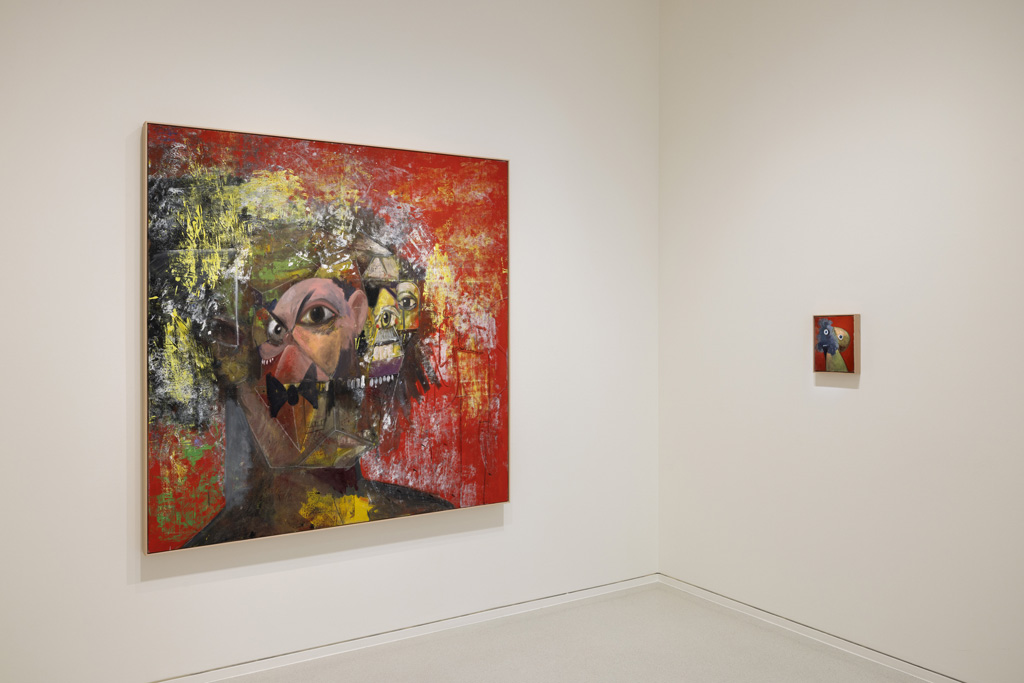
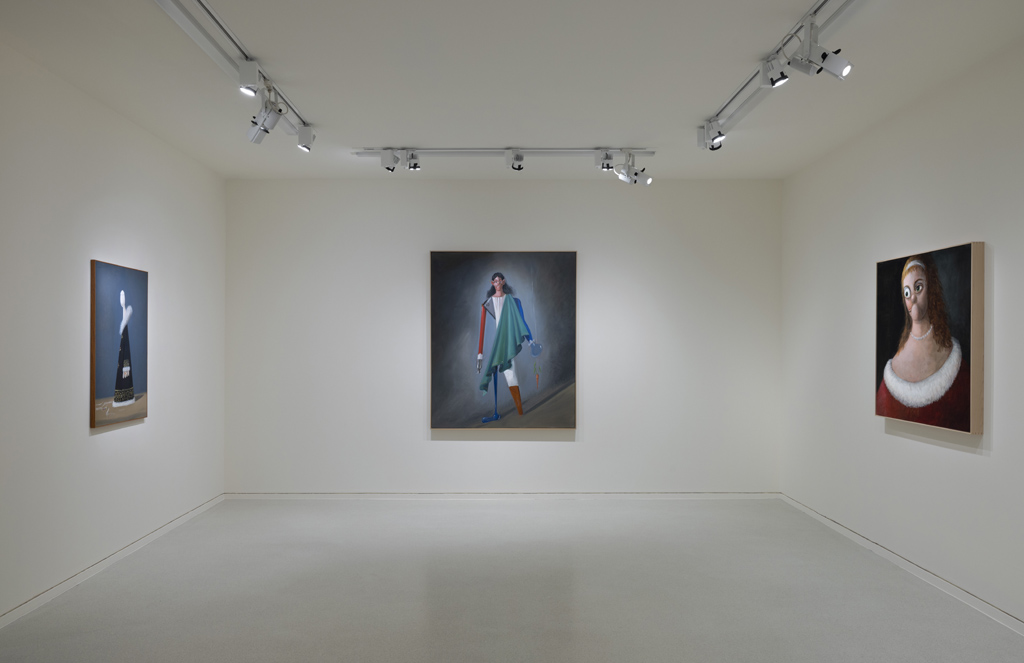
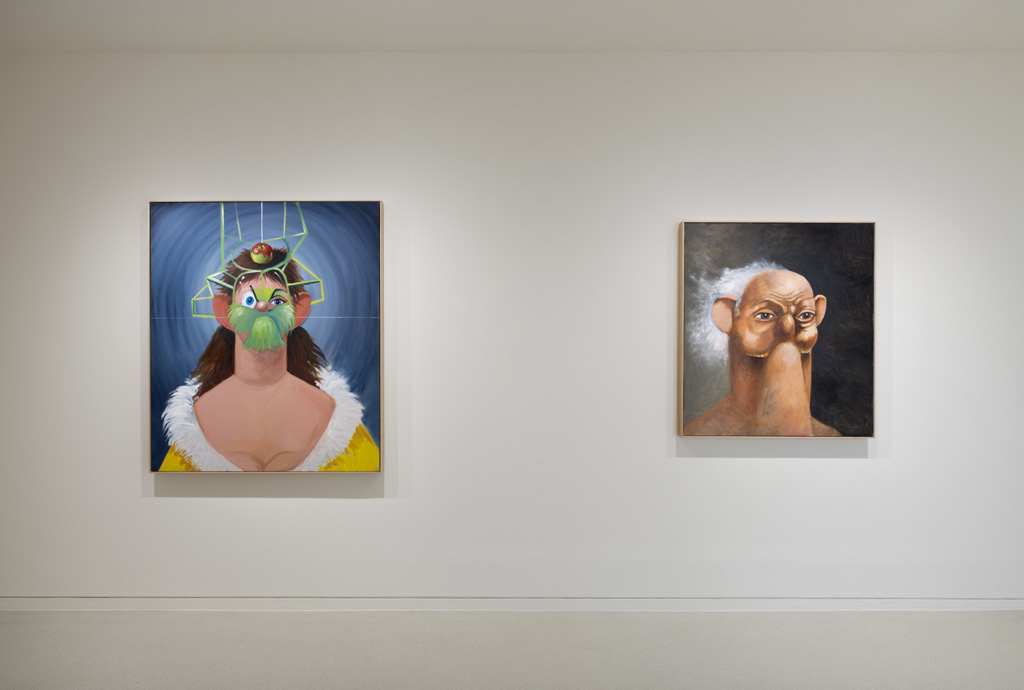
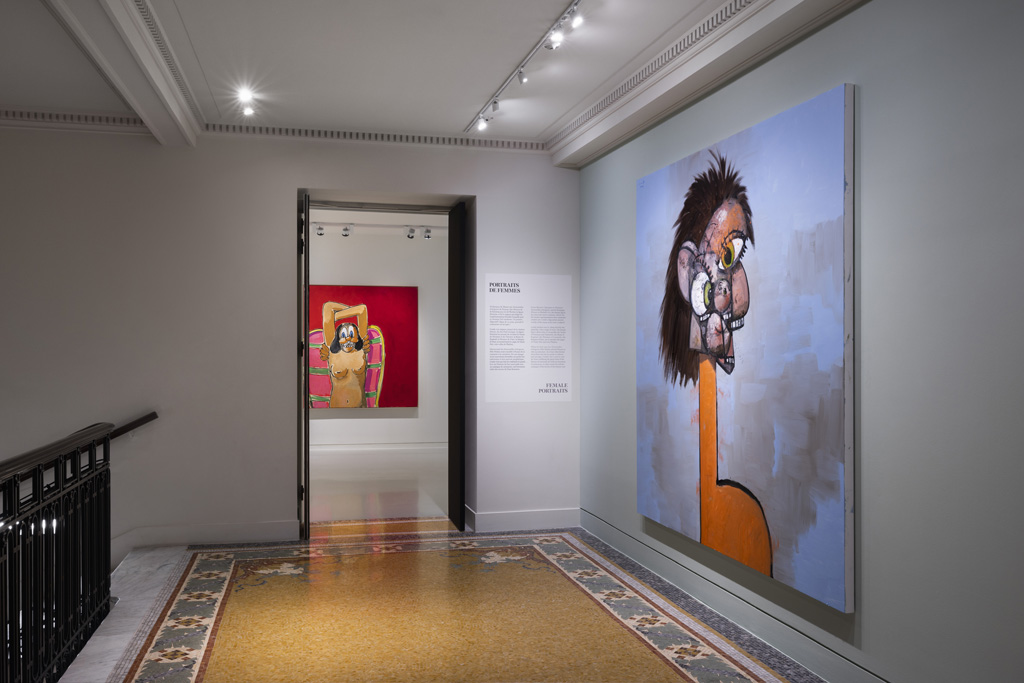
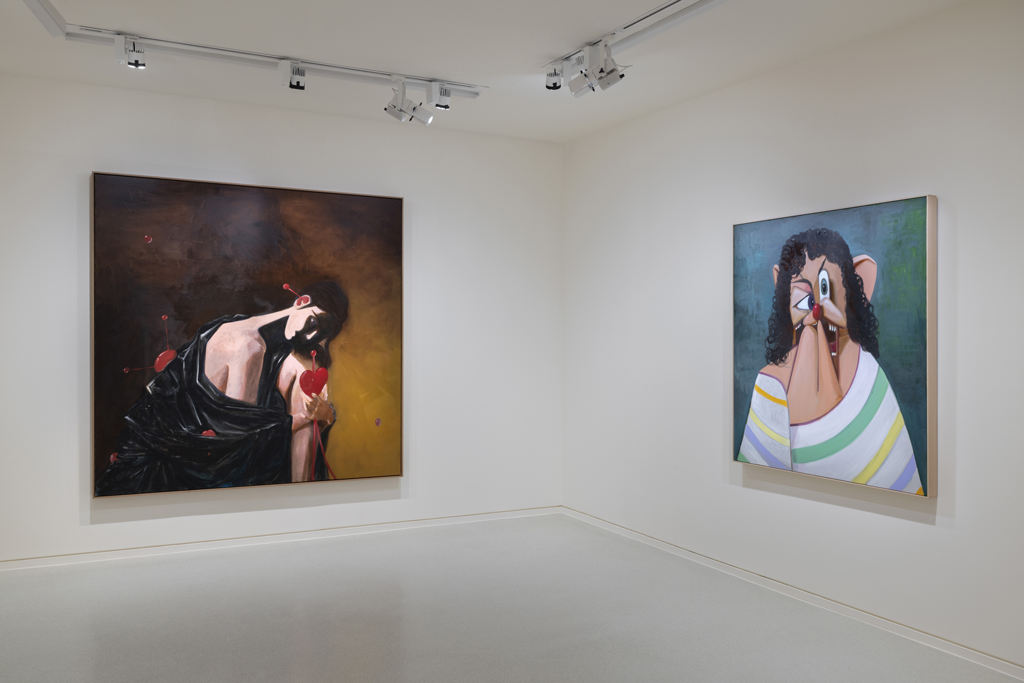
PS: You say that the artist has taken up a challenge by drawing modern painting towards the "almost human". What was his path and which artists or movements inspired him?
GC: Condo's great challenge was to invent a form of figuration that was not nourished by nostalgia, that did not refer back to pre-modern figurative art. Focusing on figuration is a challenge in itself, if we accept that the whole of modern art, whatever its form, is placed under the sign of abstraction. To be figurative and abstract implies reinventing figuration, as Condo did. Reinventing it by removing it from direct representation, from a figuration of the "already there". In this challenge lies almost all of Condo's art: figurative art that reinvents the figure by compacting art history and the infinite variety of the psychological universe.
PS: How does Condo compare with his contemporaries?
GC: His true contemporaries are the artists who, like him, appeared on the art scene in the early '80s, at a time when creation was breaking free from the models of a contemporary art that had become radically abstract and powerfully self-critical. As far as his "current" contemporaries are concerned, his art differs quite radically from that of painters who today devote themselves to figurative painting without having to take a stand against a ban, in a critical, institutional and commercial context that welcomes their production without reservation. Unlike the contemporary wave of painting, Condo's art remains marked by a critical adversity that forced him to produce a more reflexive figuration.
PS: The artist has a connection with the principality, having previously collaborated on a set design for Les Ballets de Monaco. Can you tell us about the context and the artist's involvement in this collaboration?
GC: In 2000, Condo was invited to produce sets and ballets for a choreographic show conceived by Les Ballets de Monaco (Opus 40), which led him to spend several weeks in Monaco. He followed in the footsteps of Francis Bacon, finding his way to the Casino...
PS: Does the route hold any surprises?
GC: I'd tend to say that the exhibition is one surprise after another. The surprise of discovering such a protean body of work - as if the exhibition brought together the work of not one, but 40 different artists; the surprise of discovering that Condo is also a sculptor; the surprise of seeing how the energy of Condo's canvases reinvents, expands and shakes the hushed, intimate spaces of the Villa Paloma...
Humanoïdes, George Condo. Nouveau Musée National de Monaco → 01.10.23